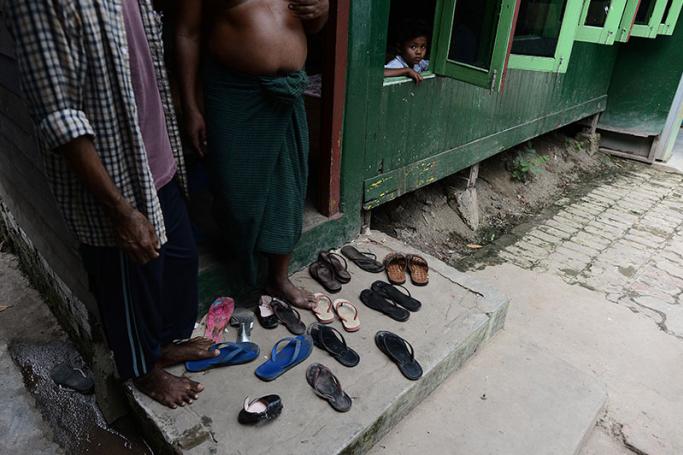UNAIDS has commended Myanmar’s Ministry of Health and Sports (MOHS) and the Myanmar HIV Technical and Strategy Group on the launch of the third National Strategic Plan on HIV and AIDS 2016 to 2020 (NSP III), held at the Park Royal Hotel in Nay Pyi Taw, according to a statement on 17 May.
The five-year plan serves as the country’s fast-track strategy to end AIDS as a public health threat by 2030. The NSP III adapts the latest global strategies to the Myanmar context to ensure an effective, cost-efficient and high-impact HIV response.
UNAIDS Myanmar Country Director, Eamonn Murphy said, “It is with deep gratitude that I congratulate MOHS, the National AIDS Programme and partners who all worked hard on this state-of-the-art plan to ensure that health services are delivered faster to the people who need them the most.”
The NSP III includes geographic prioritization which categorizes townships based on HIV epidemic burden and risk of new infections. The plan also differentiates service delivery approaches to reach priority populations and expedite their access to services.
The new plan is also more cost-efficient, with savings of around US$ 100 million compared to the previous national HIV plan. Government funding also increased in the said plan, particularly on HIV treatment and methadone treatment for drug dependence.
While the Myanmar government is highly committed, and is increasing its contribution to the national response, there is still a need for additional financial resources both from the government and the international community in order to implement the plan according to its vision.
“This new plan builds on the significant achievements of the past five years and aims to bring the country closer to ending the AIDS epidemic as a public health threat. But without the necessary funds to fully implement it, the country stands to lose the gains it had made and back slide to the situation prior to 2012, when there were long waiting lists and not all who needed treatment can be accommodated. Without additional investments for critical prevention and treatment elements, thousands of lives will hang in the balance. This is a crucial time for Myanmar to fast-track its national response and we hope that the government and international community will continue to invest in the country as it strives to avert new HIV infections and AIDS-related deaths.” Murphy added.
You are viewing the old site.
Please update your bookmark to https://eng.mizzima.com.
Mizzima Weekly Magazine Issue...
14 December 2023
Spring Revolution Daily News f...
13 December 2023
New UK Burma sanctions welcome...
13 December 2023
Spring Revolution Daily News f...
12 December 2023
Spring Revolution Daily News f...
11 December 2023
Spring Revolution Daily News f...
08 December 2023
Spring Revolution Daily News f...
07 December 2023
Diaspora journalists increasin...
07 December 2023
Sultan of Brunei begins ASEAN summit without Myanmar












